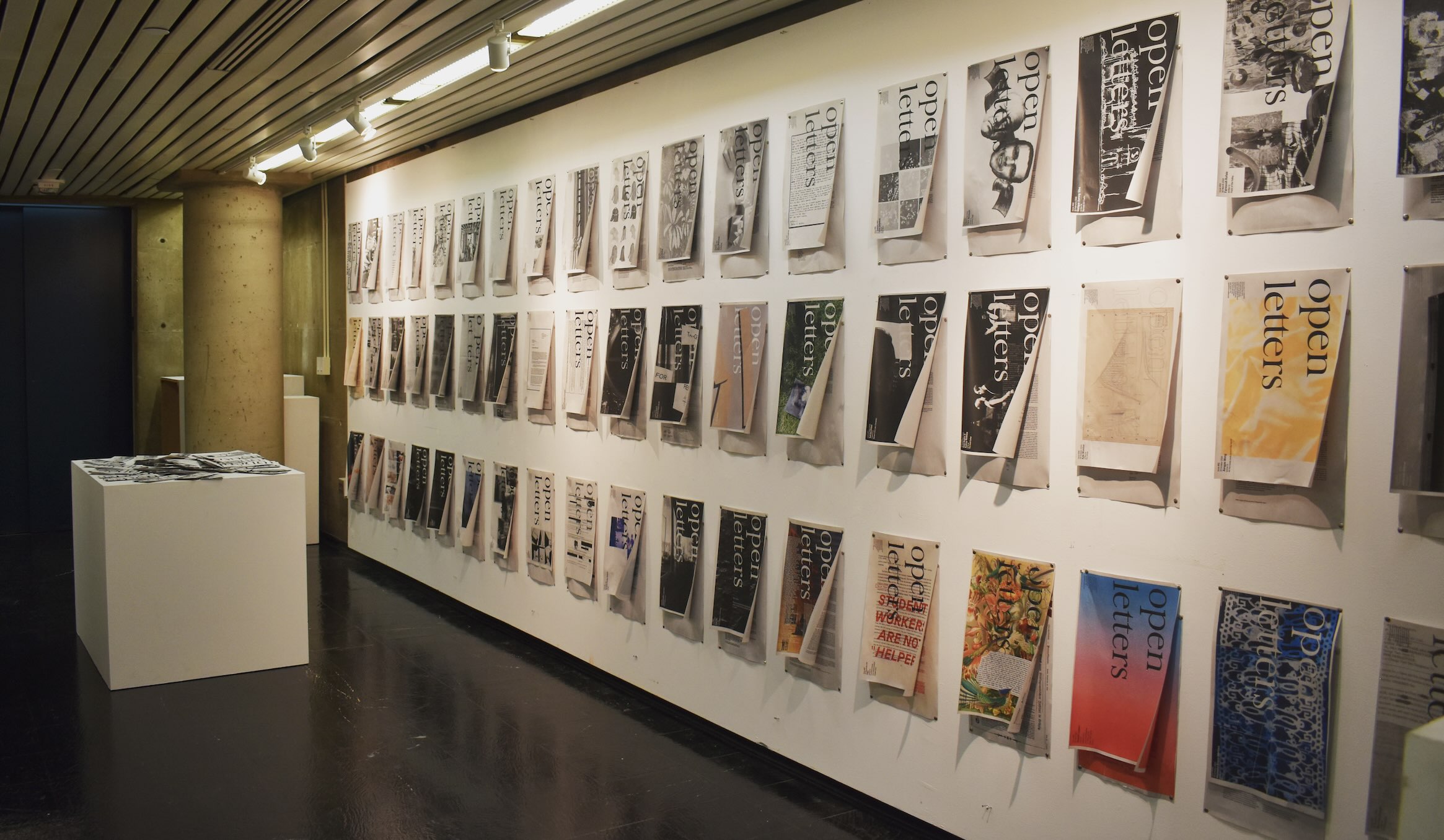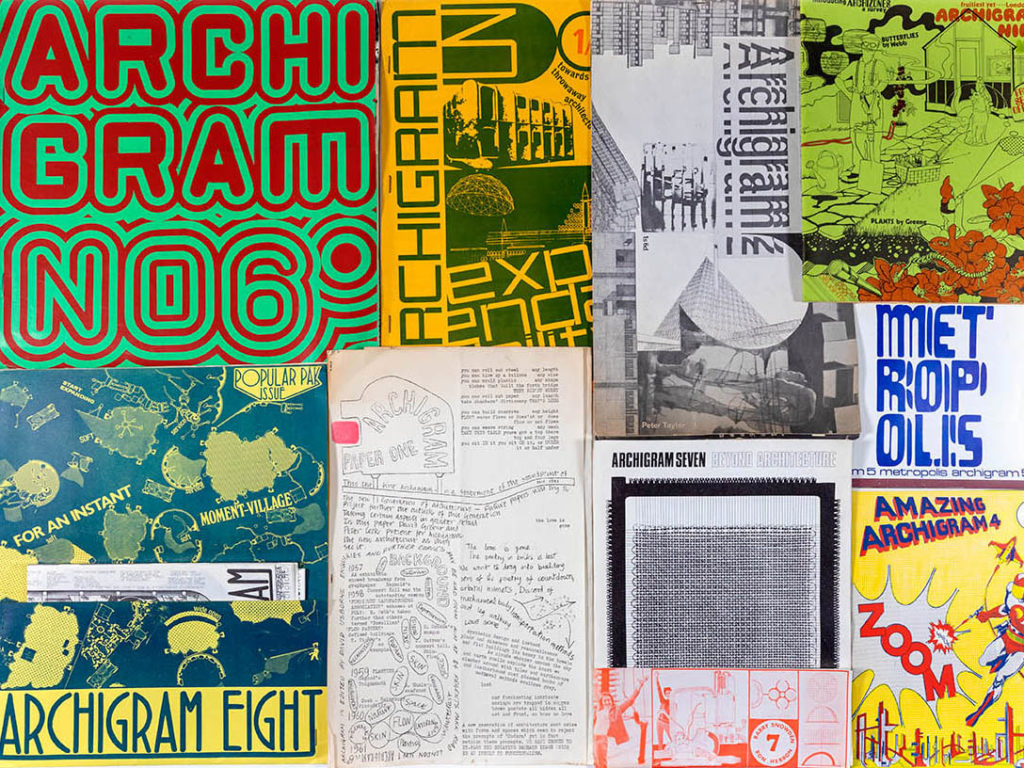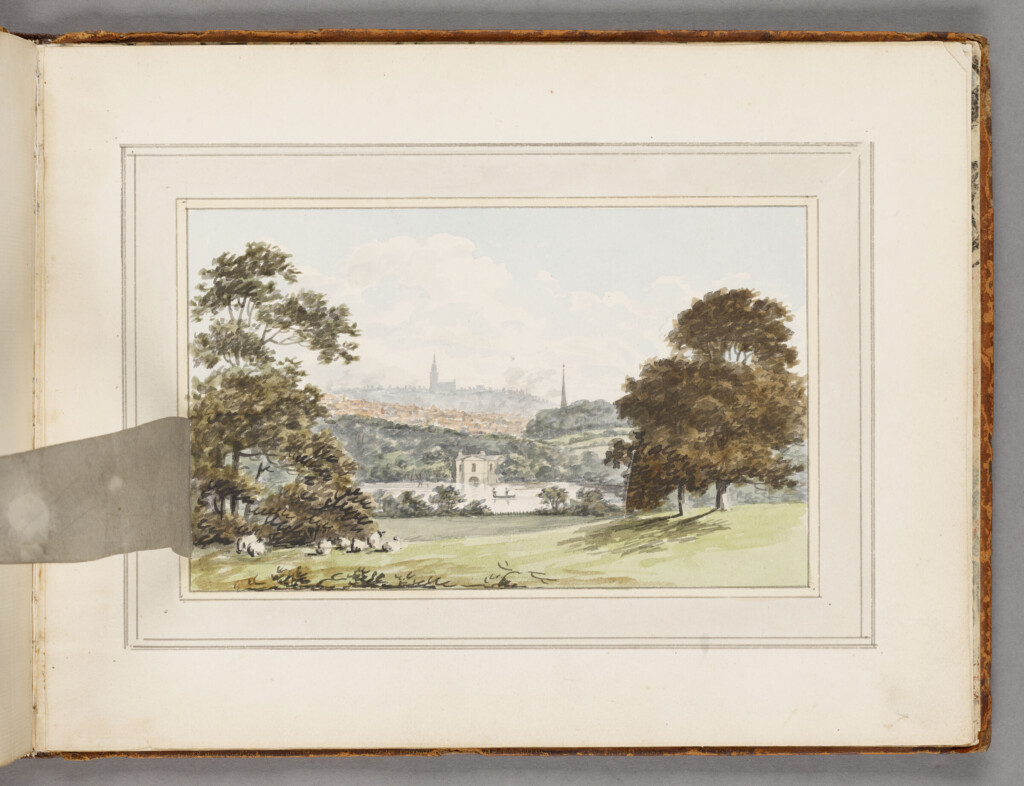When Cam My Nguyen, a first-year architecture student, was applying to the Graduate School of Design (GSD), she learned about one of the School’s student journals, Open Letters , which invites students, staff, and faculty to engage in public discourse about design in the epistolary form. This fall, Nguyen helped organize an exhibition of archival issues of Open Letters in the student-run Quotes Gallery . The history of the publication was also the subject of a separate event in the Frances Loeb Library Special Collections that celebrated the long history of student journals at the GSD.
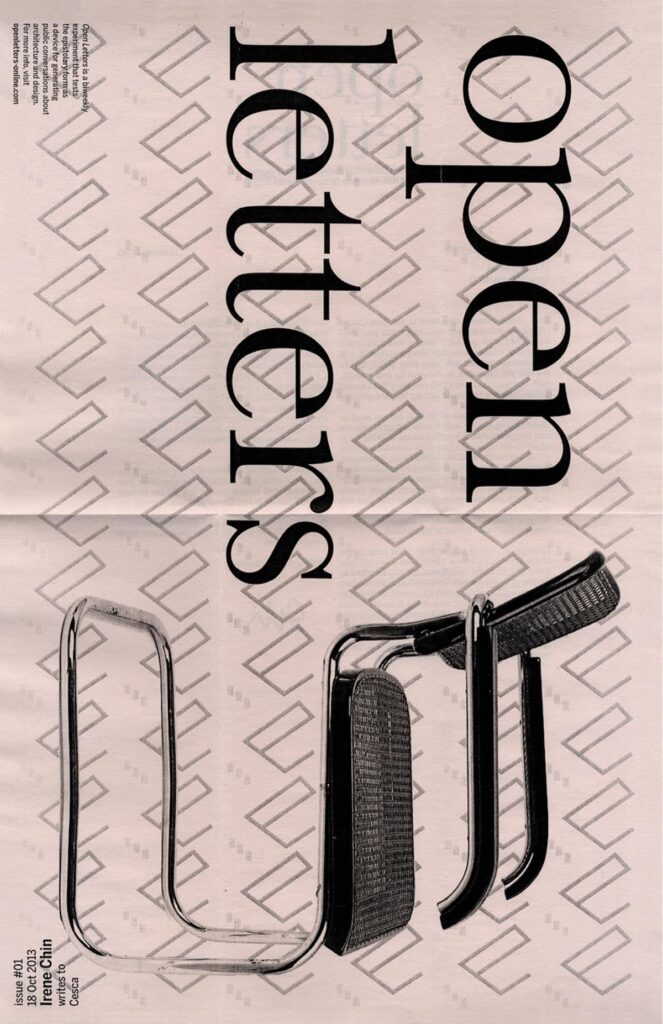
Nguyen’s interest in the journal rose out of her passion for the letter as a narrative device. She grew up reading Edgar Allen Poe’s collected letters, Roman philosopher Lucius Annaeus Seneca’s Letters from a Stoic, and Rainer Maria Rilke’s Letters to a Young Poet, and was part of the last class of students at her elementary school who were taught to write cursive; she’s always hand-written letters to friends. So, in her first year at the GSD this fall, she immediately sought out Open Letters, joining its staff and working with two other students, Simona Evtimova (MArch ’29) and Hazel Flaherty (MArch ’29), to design the exhibition. The show included copies of all 100 issues the journal has published since its founding in 2013. Issues were hung side by side in the Quotes Gallery so that visitors could peruse and read each letter, flipping up the pages one by one.
Since its inception, the topics in the journal’s letters have range d from “love letters, anonymous letters, curriculum proposal letters, letters of admiration and letters of discontent,” writes special collections curator Inés Zalduendo in the Special Collections’ guide to their collection of student journals. Open Letters’ founder, Chelsea Spencer, was inspired to launch the journal after reading a letter from Mack Scogin, Kajima Professor in Practice of Architecture, Emeritus, to architect Benedetta Tagliabue, about her Barcelona home, in Harvard Design Magazine No. 35. In the inaugural Open Letters, Spencer wrote to Mack Scogin , explaining the premise for the journal and speaking to her history with him and his partner and wife, Merrill Elam.
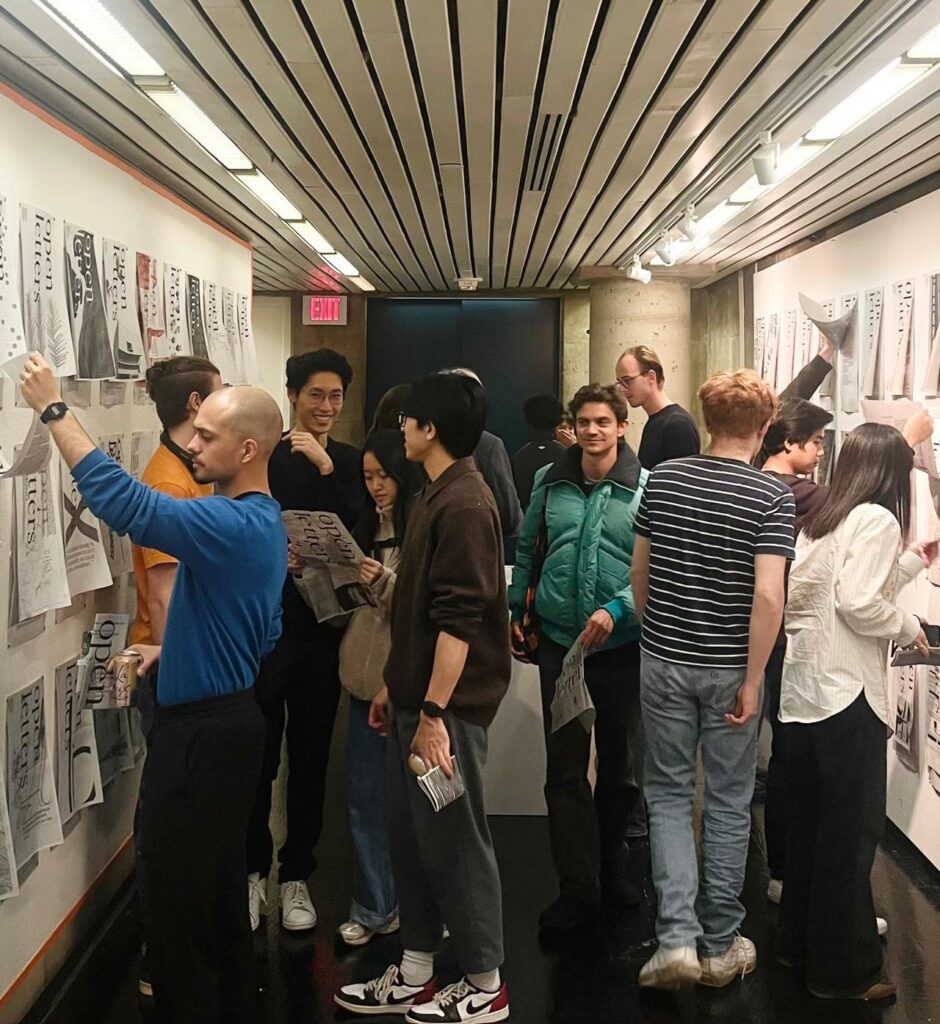
“I’d tell you,” writes Spencer, “we wanted to pry open the gap between the stilted obfuscation of Academic English and the sloppy narcissism of Internetspeak, with the ambition of creating a space for slow, sincere correspondence.” She adds at the end, “P.S. I’m blaming you if this whole thing turns out to be a waste of paper.” In fact, it would go on to be the School’s longest-running student journal.
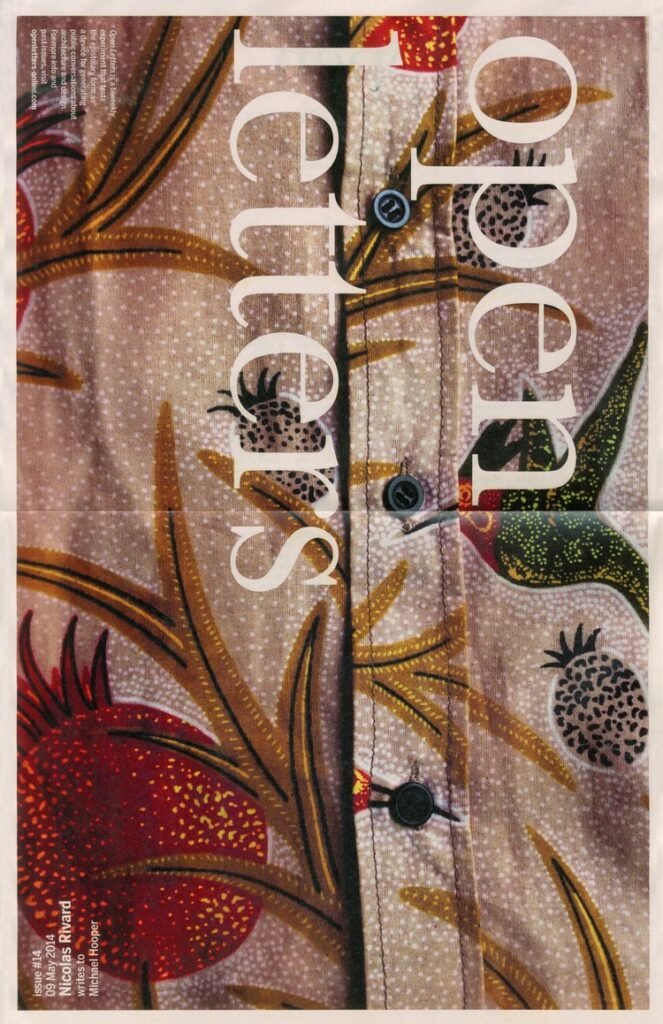
Over the years, the journal’s letter writers have grappled with many topics, “from the history of architecture,” noted Nguyen, “to a secret admirer writing to a crush.” Some are more experimental than others, she said. One person wrote to their unborn son, another to beds. One of her favorites is an exchange between Cameron Wu and Milos Mladenovic in 2017 and 2018. Mladenovic (MArch ’20) first wrote to Wu in 2017, when Wu served as assistant professor of architecture at the GSD. Mladenovic was grappling with his sources of inspiration and commitment to his projects as a student, and his reliance on “the essential dialectics of architecture” that Wu had taught in that semester’s studio course. Wu responded when Mladenovic was wrapping up his last semester at the School, offering advice to his student about his projects.
“What I found productive,” Nguyen noted, “is the very critical (almost combative) position that the letter format allows one to take. I’m advocating for generative conversations, especially in the face of opposing ideologies.”
Nguyen explained that, when she was an undergraduate at Princeton, Wu was her mentor. While she’d known how influential Wu was in the core studios at the GSD, as a new student at the School reading Open Letters, she found it “really exciting to see a thread through the very different pedagogies of Princeton and Harvard.”
This year, the biweekly Open Letters will include a letter from Mae Dessauvage (MArch ’21), a trans woman addressing her pre-transition self, “M,” when she was a student at the GSD.
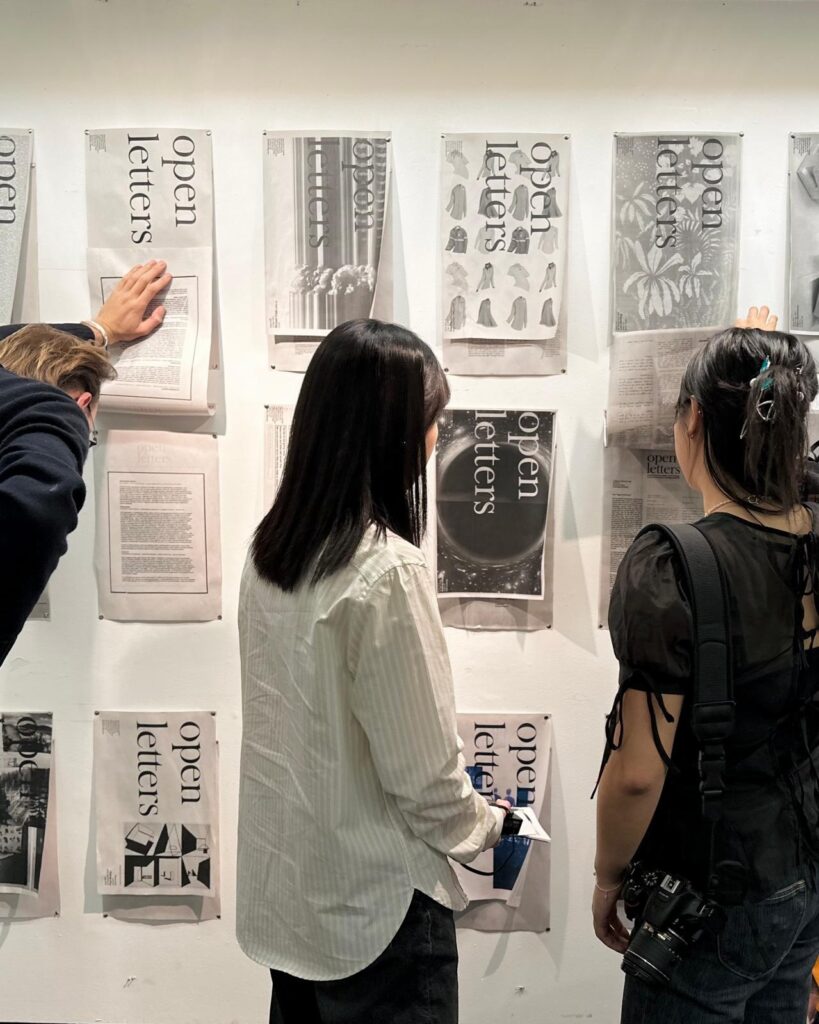
The journal was also recognized as an important part of the history of student publications at the GSD. This fall, during an “archives party ,” an event during which attendees examined various archival documents and publications in the Special Collections Reading Room at the GSD’s Frances Loeb Library, special collections curator Inés Zalduendo and archival collections website editor Ashleigh Brady (MArch ’26) featured the wide range of student publications that are part of the GSD’s history, starting with TASK: A Magazine for the Younger Generation in Architecture , first published in 1941. In addition, Loeb Fellow Andy Summers delivered a presentation on his work to document student journals in Scotland. In partnership with Priscilla Mariani, access services specialist, Zalduendo and Brady have made the GSD student publications available to read online , with the guide written by Zalduendo.
“Since its founding in 1936,” writes Zalduendo, “students at the GSD have produced at least 17 different student publications.”
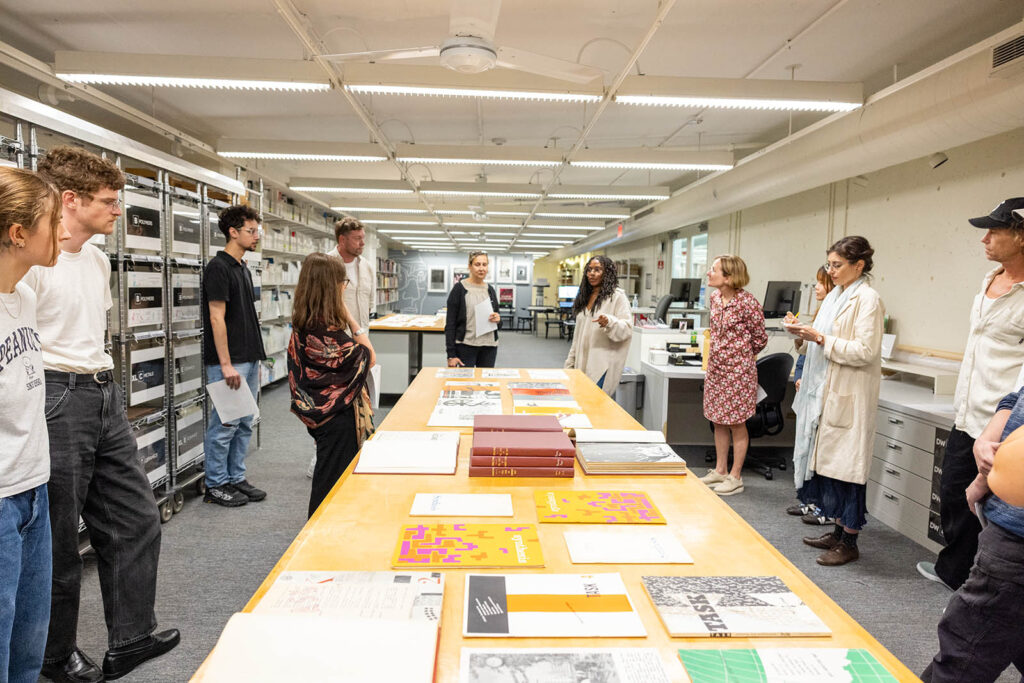
The journals mark not only the School’s culture and students’ “landscape of inquiry,” Zalduendo writes, but also offer a window into our national and global history. For example, TASK includes writing by Dean Joseph Hudnut and professor Walter Gropius; Synthesis (1957–1958) reflects Dean Josep Lluís Sert’s years and Jacqueline Tyrwhitt’s work to found a program in urban design at the GSD; Connection (1963–1969) documents visual arts at the GSD and other Harvard schools, and includes a photographic series of the 1969 beating of Harvard students by local police during a Vietnam War protest; and, the first issue of APPENDX: Culture/Theory/Praxis , published in 1993, includes an argument by editors Darrell Fields, then a Harvard PhD student (he’d go on to earn his MArch at the GSD), and Kevin L. Fuller (MArch ’92) calling attention to the dearth of diverse representation in the field.
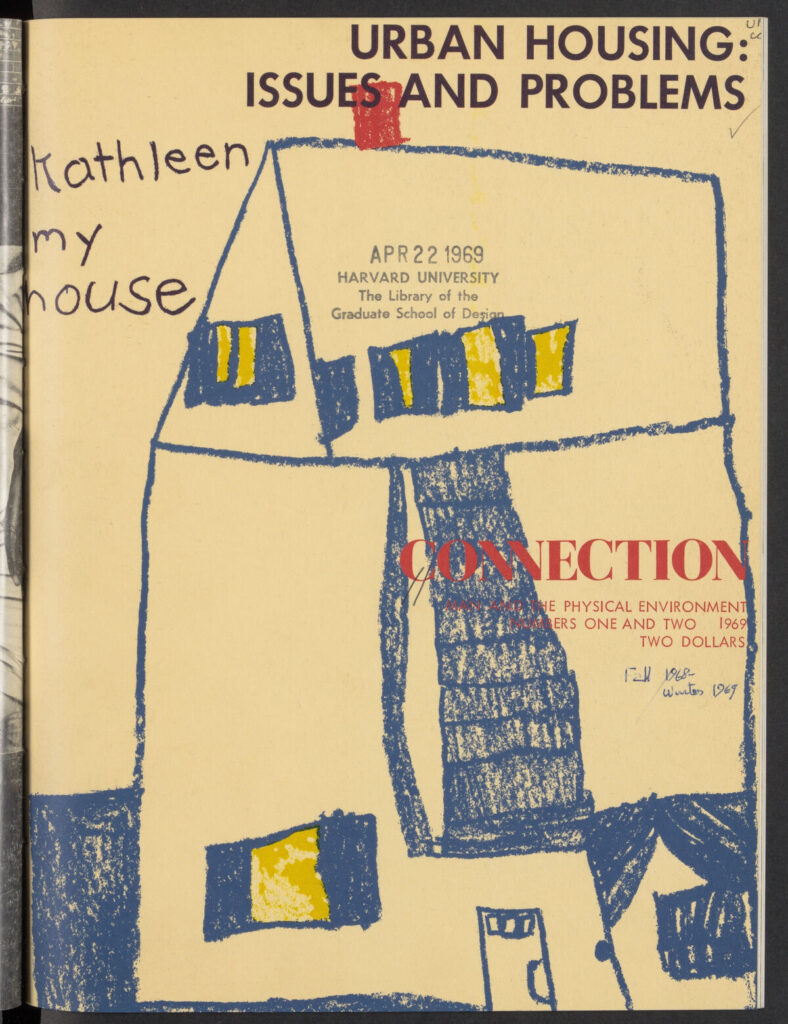
“We, the editors, are not shouting to be included in the academy—indeed, we are already here,” they write. “We are more interested in conveying, from our various positions, our insights and experiences from within the discipline in order that these essential positions not continue to be overlooked….” The journal was intended to include space for their voices and others in the field who were overlooked or unheard.
Zalduendo’s summaries of the School’s student journals highlight almost a century of thinkers and designers at the GSD who helped advance public discourse around design, consider the School’s pedagogy and curricula, expose systemic gaps and inequities, and highlight the ideas and works swirling through the trays each semester.
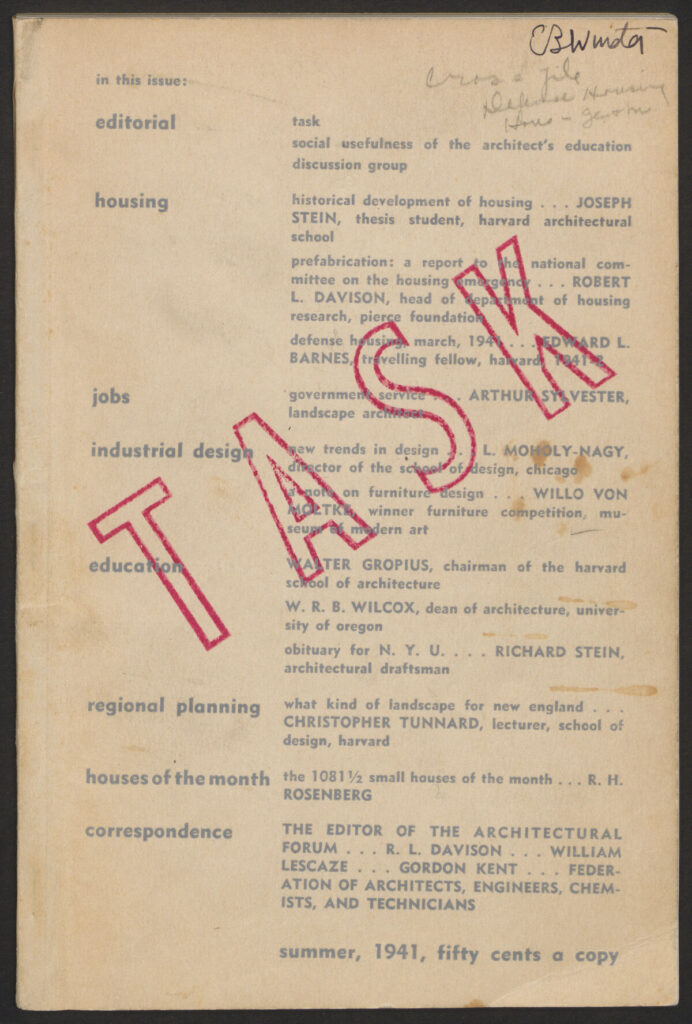
The history of student journals has also been documented in the School’s publication, Platform, which “represents a year in the life of the GSD.” Issue 12, “How About Now?” covers 2018–2019, and includes a curated overview of several student journals, including Open Letters. Editors Carrie Bly (MDes ’19), Isabella Caterina Frontado (MLA, MDes ’20), and Natasha Hicks (MUP, MDes ’19) write that “GSD students have consistently sought to process their intellectual inheritance in order to evaluate their position as designers within and beyond the School.”
